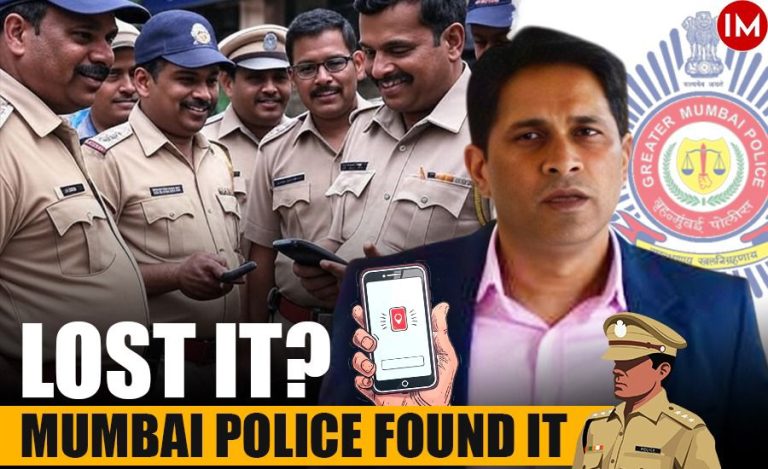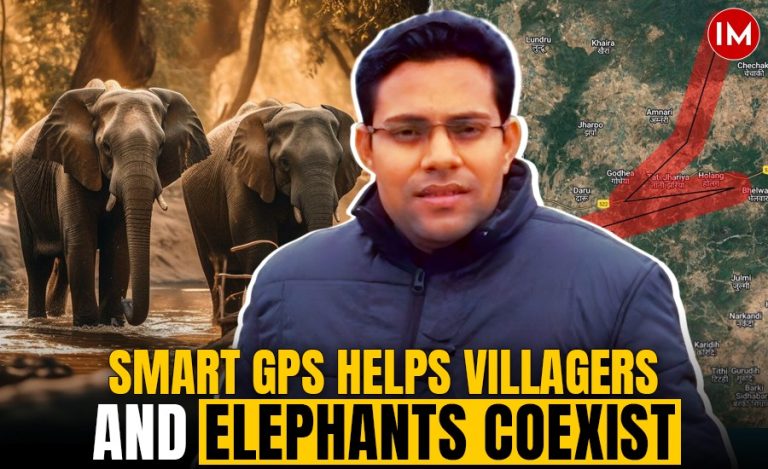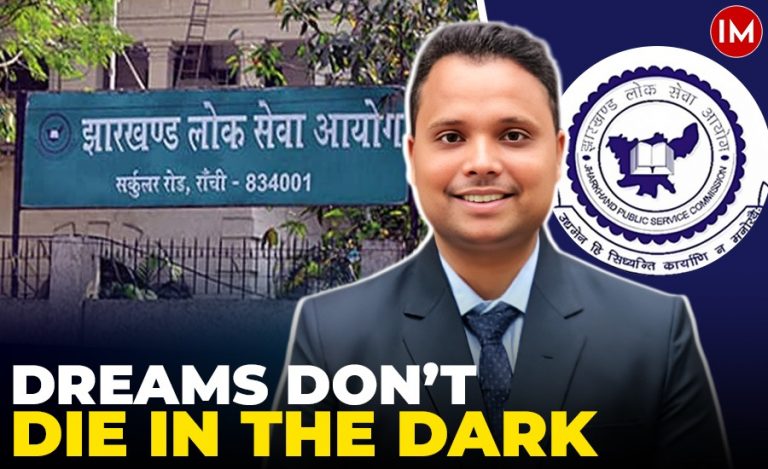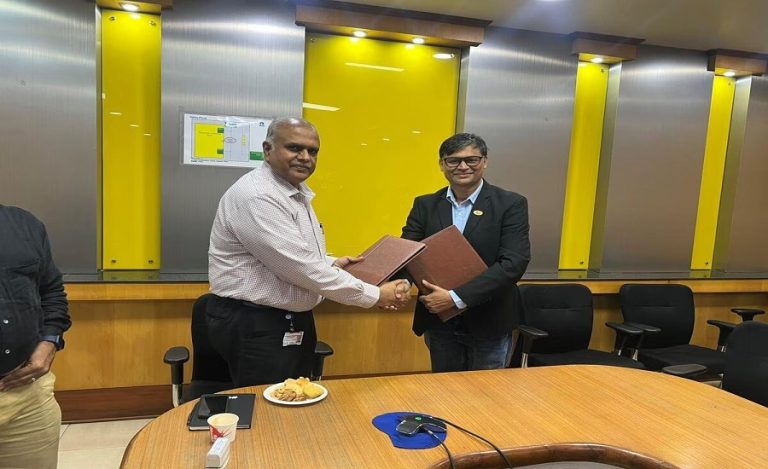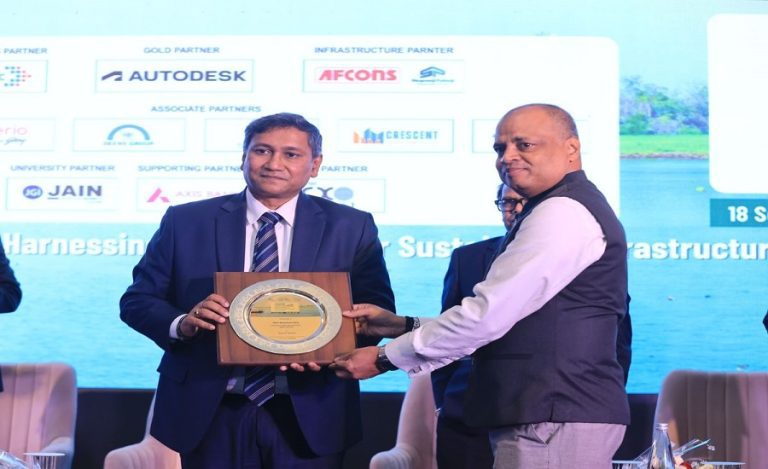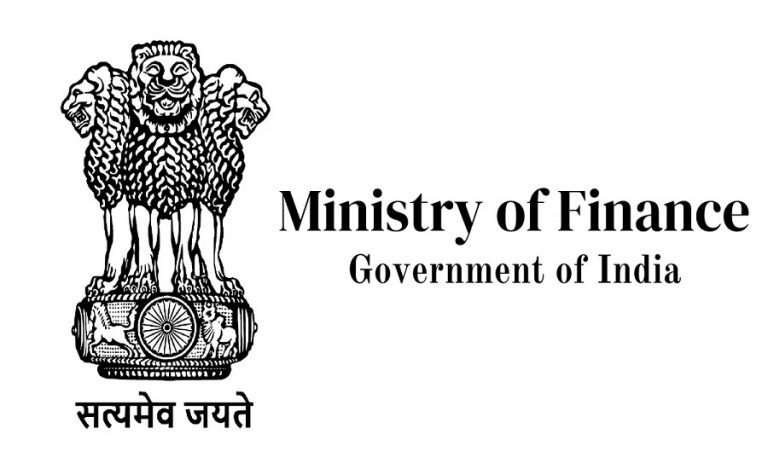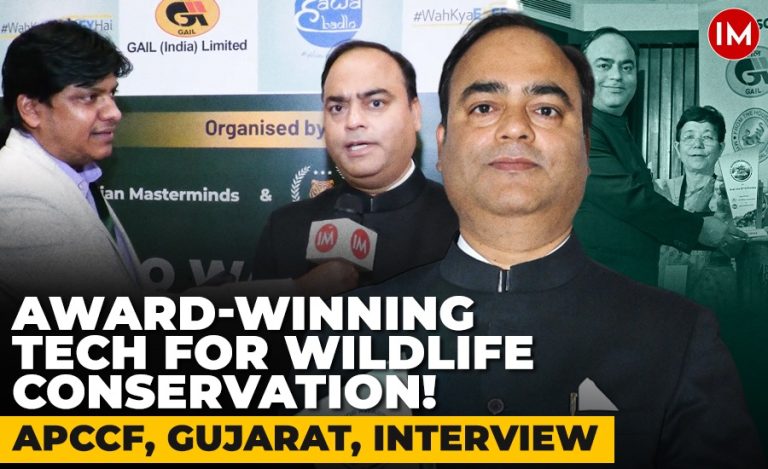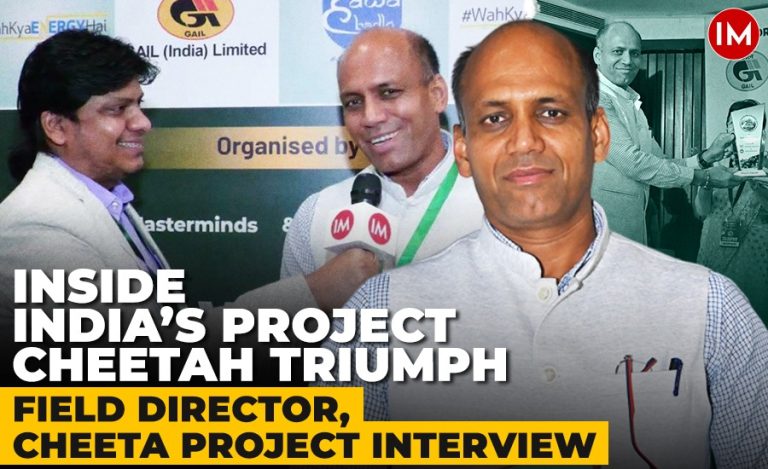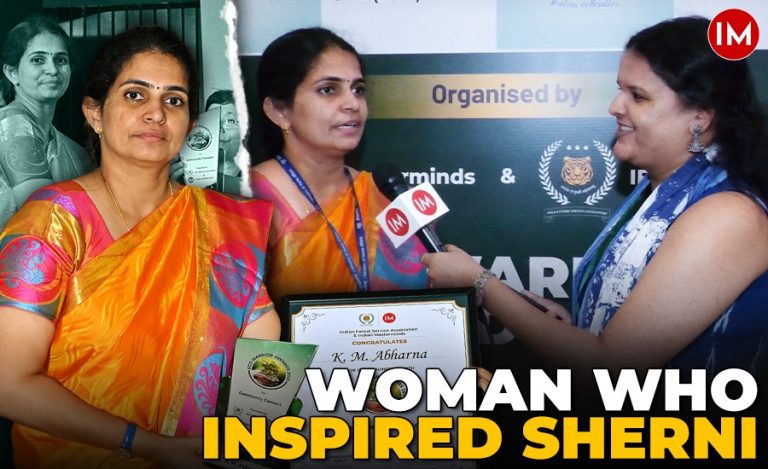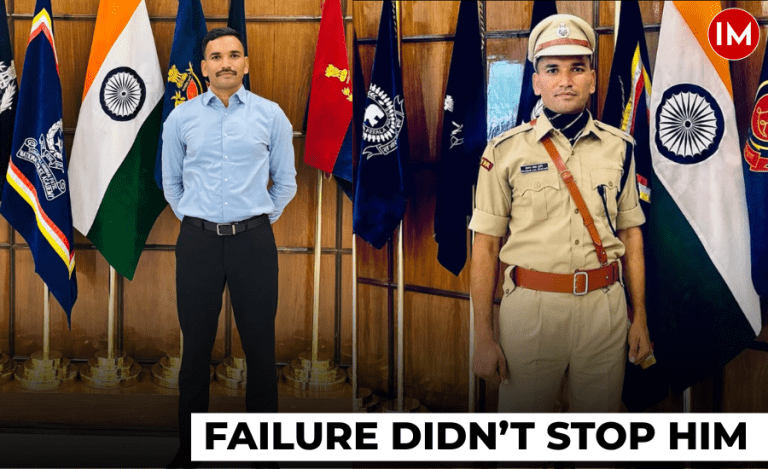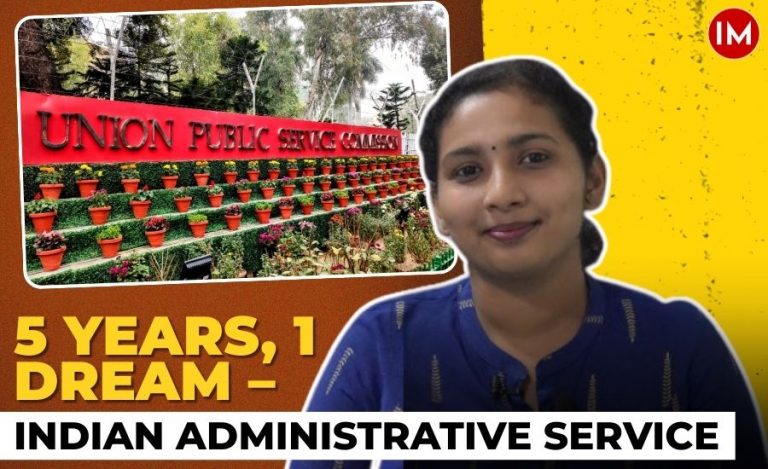It is said when you make the right decision, it doesn’t really matter what anyone else thinks. So it is when it comes to making the right career choices. Be it UPSC or any other competitive exam, making the right choice is of utmost importance.
But, it is not so easy. How does one make up one’s mind for the right thing? 2013-batch IAS officer of UP cadre and DM of Mirzapur, Ms. Divya Mittal, explains how, on a Twitter thread, with four decision models used by four stalwarts – Jeff Bezos, Charlie Munger, Elon Musk and former US President Eisenhower.
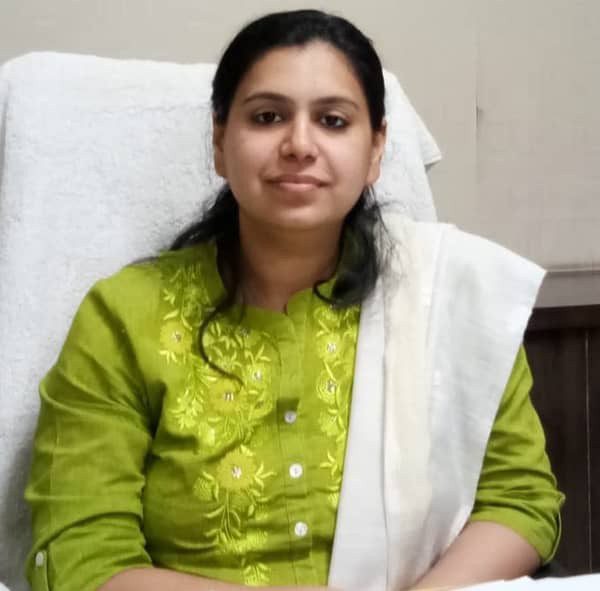
REVERSIBILITY: JEFF BEZOS
She starts off her thread with the model from Amazon founder Jeff Bezos – the Reversibility model.
“Categorizes decisions based on whether they are reversible or irreversible
Reversible – 2 way door: Can go back from decision with less/no cost
Irreversible – 1 way door: If enter once, can’t exit (Or the cost is very high)
Reversible: decide quickly without perfect process. Don’t take much time.
(This is not to be reckless though)
Irreversible: Decide slowly and take as much information into account as possible.”
Making the right decision at the right time is critical to success in life.
— Divya Mittal (@divyamittal_IAS) October 26, 2022
Here are 4 decision models used by 4 stalwarts – Jeff Bezos, Charlie Munger, Elon Musk and former US president Eisenhower.
A thread 🧵
AMAZON
In her next tweet, she talks about decision-making in Amazon. “When Bezos was deciding to leave his job at DE Shaw to start Amazon, he thought that he could come back to job if Amazon doesn’t work. So it was a reversible decision.
He decided to launch Amazon quickly. He got the first mover advantage and the rest is history!”
INVERSION: CHARLIE MUNGER
The second model explains the Inversion model used by Charlie Munger, an American billionaire investor, and vice chairman of Berkshire Hathaway.
Ms Mittal tweeted: “Instead of thinking what would make you successful, first see what would make you fail. Then remove those things.
If you are following a goal, first see what can kill it for you. Avoid that.
Avoiding stupidity comes before seeking Brilliance.”
2. Inversion – Charlie Munger
— Divya Mittal (@divyamittal_IAS) October 26, 2022
Instead of thinking what would make you successful, first see what would make you fail. Then remove those things.
If you are following a goal, first see what can kill it for you. Avoid that.
👉 Avoiding stupidity comes before seeking Brilliance
WHAT CHARLIE SAID
In her next tweet, she quotes Charlie, who once said: “I invert all the time.”
Ms Mittal explained: “He was a weather forecaster when he was in the Air Corps. Instead of thinking of all possible uses of his maps, he questioned how could he kill all the pilots (pilots used his maps the most). Then he just avoided those hazards.”
INVERSION EXAMPLES
She then gives some examples of using inversion.
Exams – What would make me fail this exam?
Trading – How do I blow up my account?
“All I want to know is where I am going to die, so I’ll never go there” – Warren Buffett.

FIRST PRINCIPLE THINKING: ELON MUSK
In her next tweet, she talks about the third model, the one used by Elon Musk.
“First principles thinking – Elon Musk. To solve a problem creatively, instead of building on the mainstay thinking, start from the fundamentals.
This is an extension of the scientific method. Take only the fundamental truths and then question everything else.”
She then gives examples:
Battery for Tesla:
Battery packs were expensive – > $600 per kWh
-What are their material constituents?
-What is their bulk market price?
It’s got cobalt, nickel, aluminum, carbon etc. Price on London Metal Exchange was $80 per kWh.
This fundamentally changed the business.
EISENHOWER BOX
The fourth model is of US President Eisenhower – the Eisenhower box – for prioritizing.
“Categorize decisions on Important vs Urgent matrix
- Urgent and important – Do
- Important but not urgent – Schedule for later
- Not important but urgent – Delegate/Outsource
- Don’t waste time on not urgent and unimportant.”
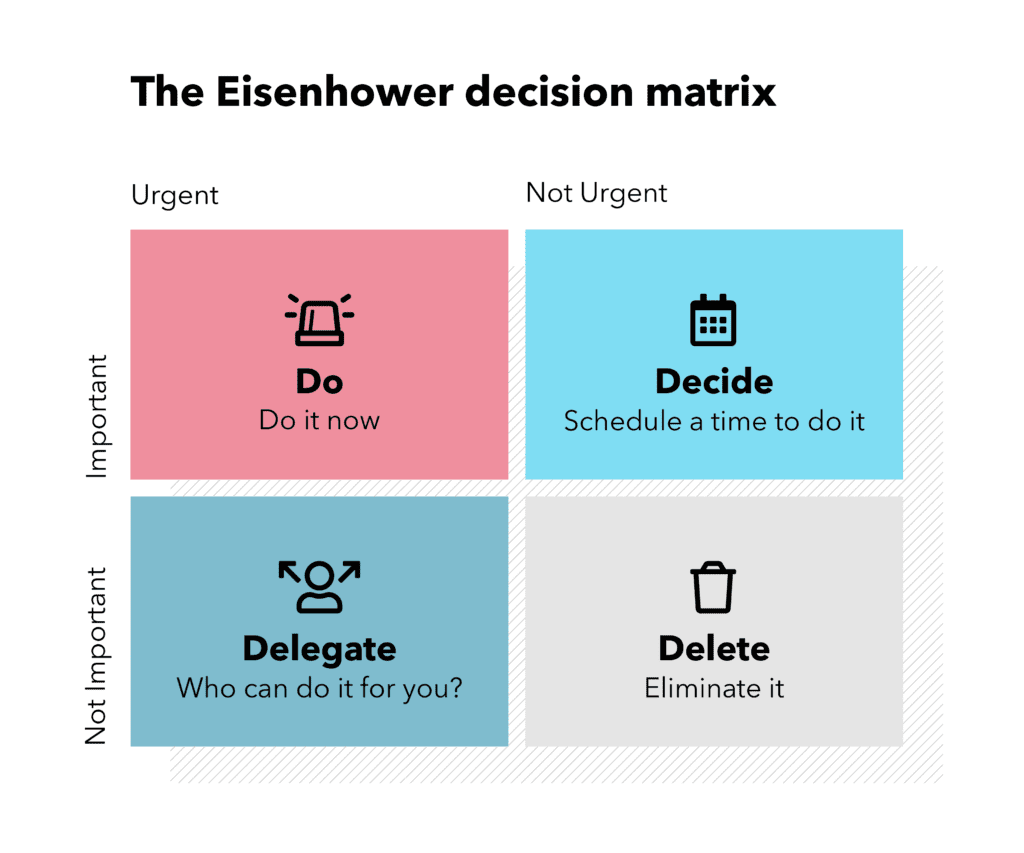
CONCLUSION
She concludes her thread with the words that “not all are born good decision makers. Such frameworks can help us in making better decisions.”



